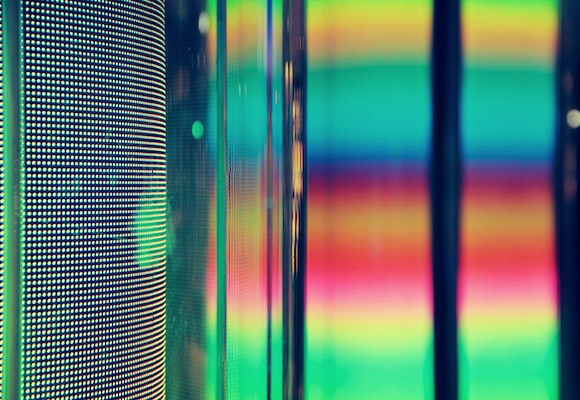Laser cutting technology has revolutionized the way that leather artwork is created. By allowing for precise, intricate patterns to easily be carved into leather, laser cutting is used for a wide variety of applications. However, although laser cutting is incredibly beneficial, there are some safety concerns that must be taken into account. This article will discuss the safety concerns associated with laser cutting leather.
Types of Safety Concerns
Fire/explosion risks
When it comes to engaging in the activity of laser cutting or engraving on leather, there are some safety concerns that should be taken into consideration. One of the most prominent safety concerns is the risk of fire and/or explosion. This is because laser cutting/engraving can cause a great amount of heat and, in extreme cases, sparks.
Fume inhalation and dust inhalation/exhaustion risks
When it comes to laser cutting leather, one of the major safety concerns is fume and dust inhalation. Laser cutters produce fumes and dust that can be hazardous to the environment and your health. Fume inhalation may come from the laser leather cutting process, especially during laser engraving on leather.
Risk of eye injury
Eye Injuries Laser cutting leather involves the use of powerful lasers, which can be a major hazard and cause serious eye injuries. This is especially true when it comes to laser cutter machines, which use strong lasers to engrave and cut leather. Due to the strength of the laser, there is a risk that if the leather is reflective or uneven, the beam of the laser may be scattered, resulting in the potential for direct eye contact and serious eye injury, including blindness.
In addition, lasers can emit hazardous gases, and be capable of generating fire if used improperly.
Health concerns from exposure to chemicals
When it comes to laser cutting leather, health concerns from exposure to chemicals can arise. A laser cutter emits intense light radiation which interacts with the material being cut. During this process, some dust accumulates, which depending on the type of leather, can contain hazardous elements.
The safety of laser cutting leather is largely based on the materials used, the type of laser cutter, and proper safety precautions.
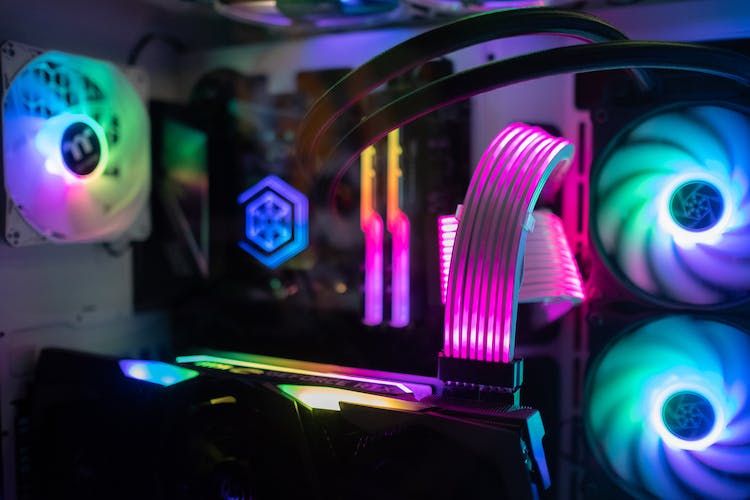
Preparing for Laser Cutting Leather
Choosing the right laser cutter for the job
When it comes to laser cutting leather, the right laser cutter can make all the difference. Choosing and using the correct laser cutter for the job is crucial for achieving a successful result as well as ensuring safety. Before selecting a laser cutter for your project, you should ensure that the machine is capable of handling the material it is being used for.
Not all laser cutters are suitable for cutting leather.
Prepping the leather for laser cutting
Prepping the leather for laser cutting is an important step when using a laser cutter for leather projects. It requires having the right materials and a good understanding of safety precautions. When you are preparing for a laser cutting project with leather, you should make sure you have the right type of laser cutter.
Leather engraving is a sensitive process and each type of material will require a different laser power and wavelength. For example, a nubuck leather is best cut with a 30W laser at a wavelength of 1064nm, while a veg-tanned leather is better suited to a 50W laser with a wavelength of 532nm.
Setting up the environment
When laser cutting leather, it is important to take specific safety precautions. One of the first steps is to carefully set up the environment where the laser cutter will be used. Because laser cutters are powerful machines that give off energy, and emit gases and particles, it is important to create a space where all safety measures can be taken.
First, all combustible materials should be removed and the surroundings should be cleared. This can include clothing and any type of flammable objects like paper, fabric, furniture, and other hazardous materials.
Following safety protocols
When it comes to laser cutting leather, a key part of the process is following safety protocols to ensure that no one involved in the process is harmed. This includes wearing the appropriate safety gear and making sure that the laser cutter is properly used and maintained. Safety gear is important when operating any type of laser cutter, as there is the possibility of injuring eyes or skin due to the powerful laser beam.
The user should always wear proper eye protection when operating a laser cutter, as well as a protective face mask to ensure that no dust or particles are inhaled.
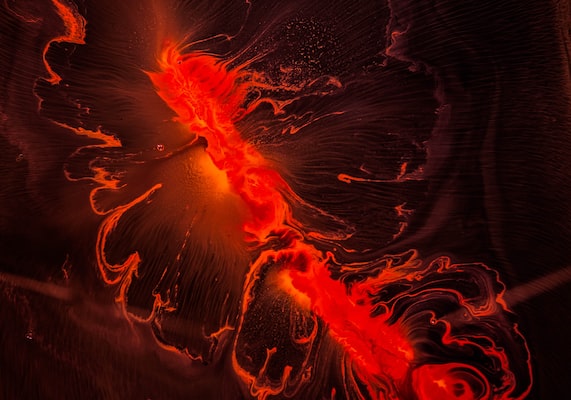
Tips for Minimizing Safety Concerns
Choosing the right settings for the job
Choosing the right settings for the job is an important factor when it comes to safely laser cutting leather. The type of laser cutter used for the job will determine the settings and the powers and speeds needed for each leather type and thickness. Some of the most common settings to consider when laser cutting leather include laser power, engraving speed, duration of exposure, and even the material type used.
Optimizing for speed without sacrificing accuracy
When it comes to laser cutting leather, it is of the utmost importance to take safety precautions and optimize the process for speed without sacrificing accuracy. Though laser cutting is a highly efficient and effective method of working with leather, it requires extra care compared to other types of leatherwork. When optimizing for speed without sacrificing accuracy, it is important to set the right parameters on the laser cutter itself.
The cutting speed of the laser depends largely on the settings of the machine. The beam speed, beam power and pulse frequency can all have an impact on the speed and accuracy of the cut. Setting these settings correctly can help ensure that the laser cutter is running optimally and efficiently.
Working in well-ventilated areas
When it comes to laser cutting leather, safety should always be one of the top priorities. Working in a well-ventilated area not only helps avoid exposing yourself and others to the potentially harmful fumes that come from laser cutting, but can also play an important role in protecting the integrity of the leather itself. When laser cutting leather, the process of melting the leather can produce fumes from both the leather and the cutting material, which can be dangerous to breathe.
Utilizing appropriate protective gear
When it comes to laser cutting and engraving leather, safety should never be ignored. One of the most important safety measures is to wear appropriate protective gear when using a laser cutter. This includes safety glasses, gloves, and a face shield.
This will help protect you from laser light, sparks, and the heat generated from the laser cutting and engraving process. Depending on the type of laser cutter you are using, you may also need to wear a dust mask.
Regularly inspecting the laser cutting system
When it comes to laser cutting leather, it’s essential to pay attention to safety precautions and to regularly inspect your laser cutting system. Laser engraving leather requires the use of powerful lasers, and the safety of both the operator and the surrounding environment must be taken into consideration. Inspections of your laser cutting system should include a thorough examination of the laser and its components.
This includes checking for any signs of wear, visible damage, and verifying that all safety systems are functioning properly. Inspection of the laser cutting system should involve a thorough review of not just the laser but also the overall environment. Make sure to check for any combustible material such as paper, cloth, and plastic.
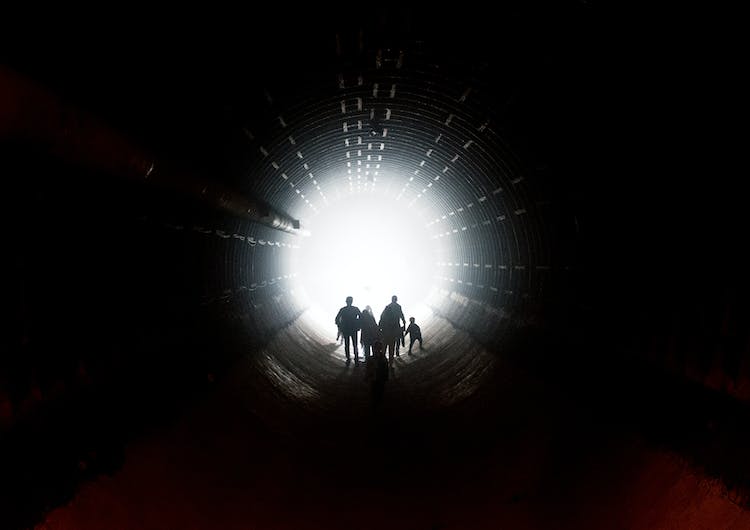
How laser cutting leather can be done safely and successfully
When it comes to laser cutting leather, safety is of paramount importance. Laser cutters can be operated safely and successfully with the following safety precautions in place. First and foremost, proper protective gear must be used.
This includes safety goggles, face shields and clothing made of natural fibers such as cotton, denim or leather. As laser cutting produces heat, these items should be lightweight and comfortable in order to help protect the operator from any potential burns or discomfort. Additionally, special gloves should also be worn in order to reduce any risks of direct contact with the laser.
Next, the environment in which the laser cutter is operated should be properly ventilated.
Reiteration of key safety tips
Laser cutting is often used to cut leather for apparel and crafts, but it can come with some dangerous. Laser cutting leather out of choose such as acrylic requires certain safety precautions. Firstly, make sure your workspace is well ventilated, as the burning of the leather releases hazardous fumes. Secondly, wear protective eyewear during the cutting process as the laser can cause serious eye damage.
- Wear protective clothing, like high-neck long-sleeved shirts and protective eyewear, when cutting with a laser cutter.
- Make sure you are in a well-ventilated area and use a fume extractor to collect any hazardous particulates released during the laser cutting process.
- Cut your leather on a flat and stable surface, such as a cutting board, to ensure the accuracy of the cut.
- Cut slowly and use short bursts to ensure a clean cut.
- Be sure to keep your hands away from the laser beam at all times, as the beam could burn or even cause permanent injury.
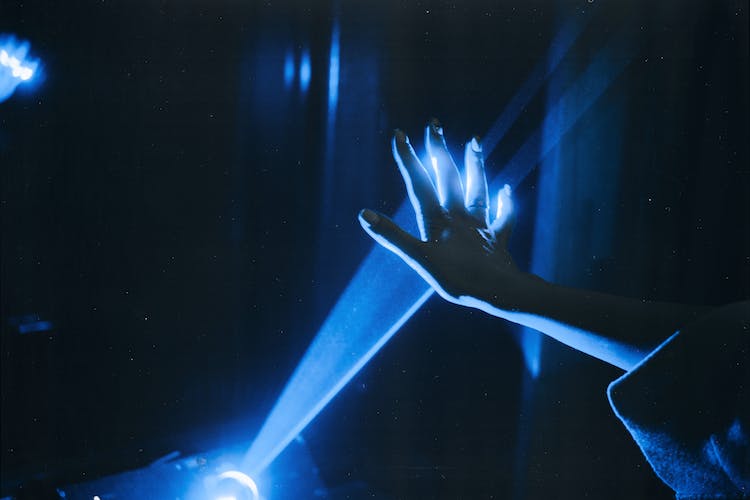
Is bonded leather laser safe?
Whether or not you can safely laser cut bonded leather depends on a number of factors, including the material, the size of the leather, and the power and type of laser cutter being used. Bonded leather is a composite material made from layers of leather bonded together with an adhesive. It can handle short-duration laser cutting, but for long-term cutting most people suggest using a genuine leather material.
When deciding whether or not you should use a laser cutter on bonded leather, you should always consider the safety concerns. As with all laser cutting activities, you must wear the appropriate safety gear and follow the safety instructions related to your laser cutter.

Conclusion
Conclusion: The safety concerns regarding laser cutting leather must be taken into account when using this type of machinery. First and foremost, it is important that all safety procedures outlined by the equipment manufacturer be followed. Protective eyewear should also be worn when laser cutting leather to protect the operator’s eyes from the intense light that comes from the laser.
Lastly, ensuring the area is properly ventilated so the fumes from burning leather can safely exit the laser cutting space is also key for a safe environment. With the right knowledge, training, and safety precautions, laser cutting leather can be a safe and productive process.


